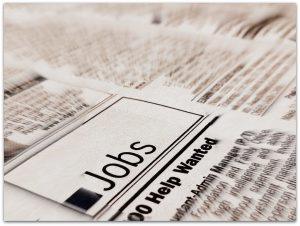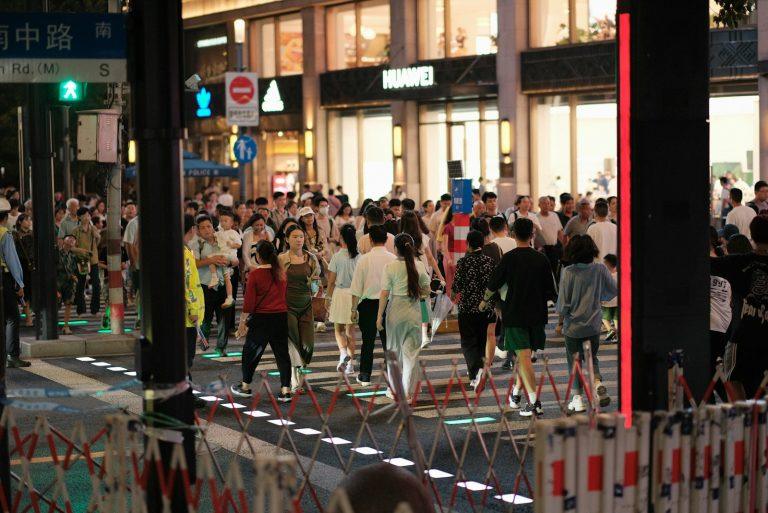Detroit Population Trends 2025 reveal a city in transition. Once synonymous with population loss, Detroit is now stabilizing — and in some neighborhoods, growing again. This shift has wide-reaching implications for housing, business investment, schools, and city services.
This deep-dive explores Detroit’s population data for 2025, neighborhood-level shifts, demographic changes, and what it all means for the future of the city.
Detroit’s Population at a Glance
Population Stabilization: After decades of decline, Detroit’s population has hovered just above 630,000 for the last two years.
Neighborhood Growth: Midtown, Corktown, Brush Park, and East Riverfront are seeing net population gains as new housing comes online.
Younger Demographic: Median age is dropping slightly thanks to an influx of students, young professionals, and remote workers.
Key Drivers of Population Change
Housing Development
Billions in residential investment are fueling Detroit’s ability to attract new residents:
Downtown/Midtown Apartments: Thousands of new units opened between 2020–2025.
Historic Rehabs: Tax incentives are encouraging restoration of older homes in neighborhoods like North End and West Village.
Job Growth & Economy
New jobs in EV manufacturing, healthcare, and tech are pulling talent into the city.
Migration Patterns
Domestic Migration: Young adults relocating from pricier cities (Chicago, New York) for affordability.
International Immigration: Newcomers from Latin America, the Middle East, and Asia adding diversity to neighborhoods.
Demographic Breakdown 2025
Age: Millennials and Gen Z make up the largest share of new arrivals.
Race & Ethnicity: Detroit remains majority Black, but Hispanic and immigrant populations are growing.
Household Types: More single professionals and young families are moving in, creating demand for apartments and starter homes.
Neighborhood Hotspots for Growth
Corktown
Ford’s Michigan Central development has made this neighborhood a magnet for tech workers.
Midtown & Brush Park
Population density rising with new apartment complexes, restaurants, and cultural amenities.
East Riverfront
Walkability and proximity to the Detroit Riverwalk are attracting professionals and empty nesters alike.
North End
Emerging as a creative hub with affordable housing stock and proximity to the QLine.
Challenges with Population Growth
Detroit’s revival brings new opportunities — but also challenges:
Housing Affordability: Rising demand is pushing up rents and home prices.
Infrastructure Strain: Public transit, roads, and schools must keep pace with population growth.
Equity Concerns: Longtime residents worry about displacement and gentrification.
Population Predictions Beyond 2025
Experts predict modest but steady population growth over the next five years, with some projections estimating Detroit could reach 650,000–670,000 residents by 2030 if current trends continue.
Urban Core Growth: Downtown and Midtown will remain primary population engines.
Outer Neighborhood Stabilization: Continued investment may slow decline in peripheral neighborhoods.
Family-Friendly Appeal: Expanded green spaces, new schools, and safety programs could attract more families.
What This Means for Businesses
Population growth impacts everything from retail to real estate:
More Customers: Restaurants, bars, and shops benefit from a denser customer base.
Talent Pool Expansion: Employers have access to a growing, younger workforce.
Development Opportunities: Increased demand justifies new housing, office, and mixed-use projects.
What This Means for Residents
More Amenities: Population growth brings more services, entertainment options, and community programming.
Competitive Housing Market: Early movers may benefit from appreciation before prices climb higher.
Greater Civic Engagement: Growing population can increase voter participation and advocacy power.
The Bottom Line: Detroit’s Population Outlook
The Detroit Population Trends 2025 story is one of renewal. The city is not just stabilizing — it’s growing strategically, with key neighborhoods leading the way. For residents, businesses, and investors, this growth signals a brighter future and opportunities to participate in Detroit’s next chapter.










